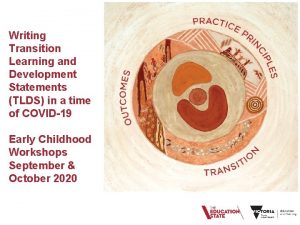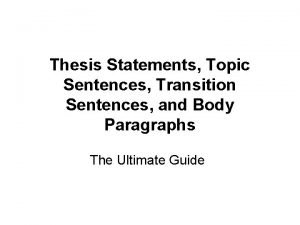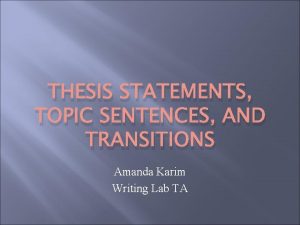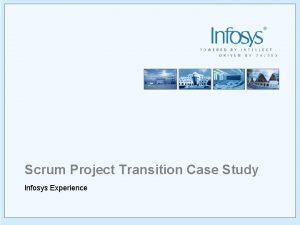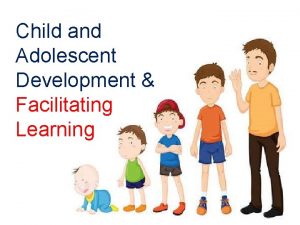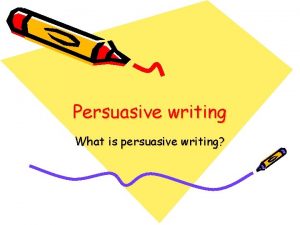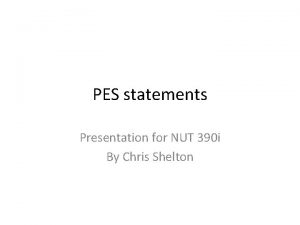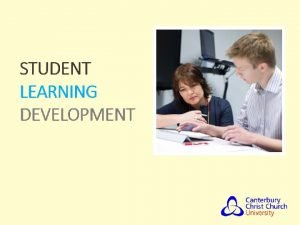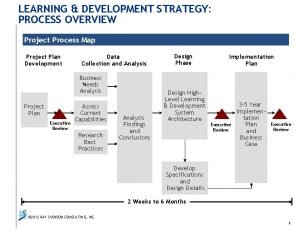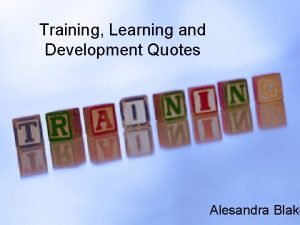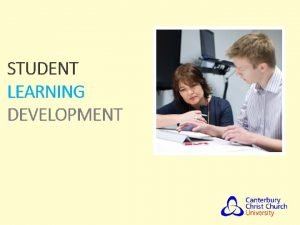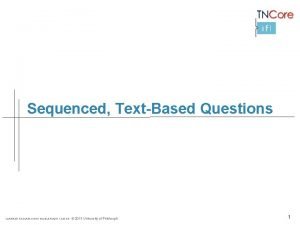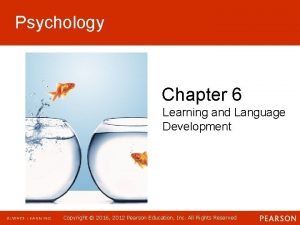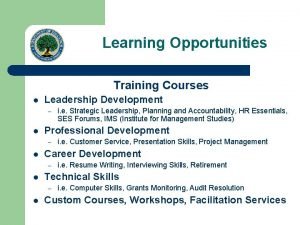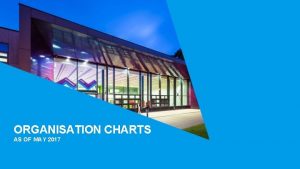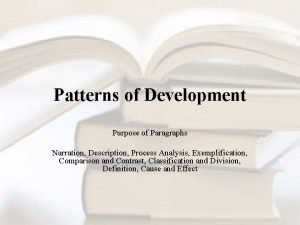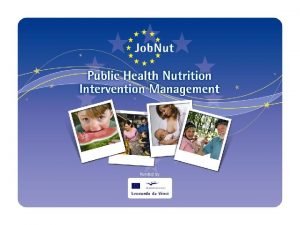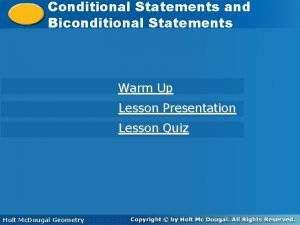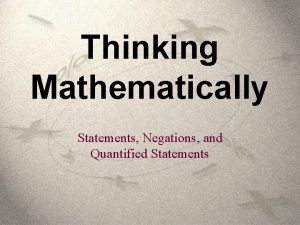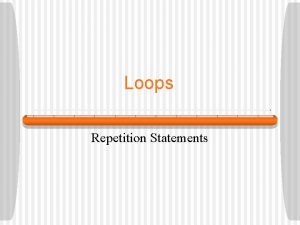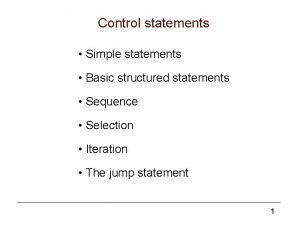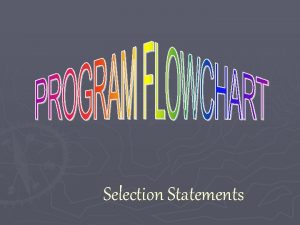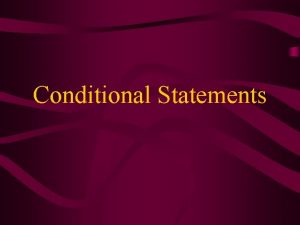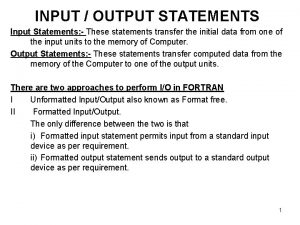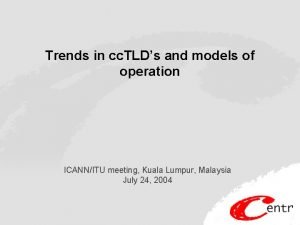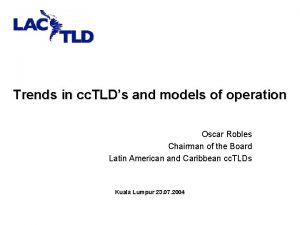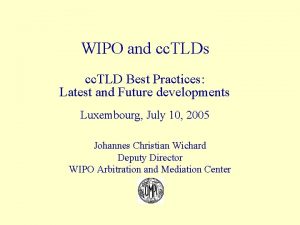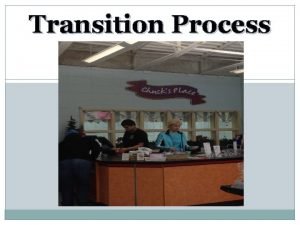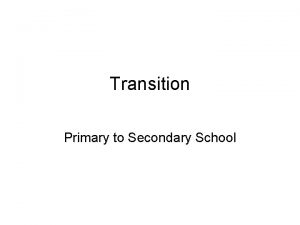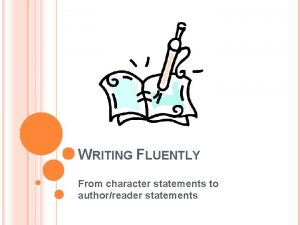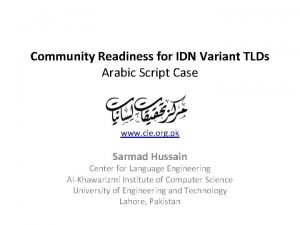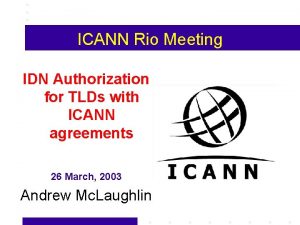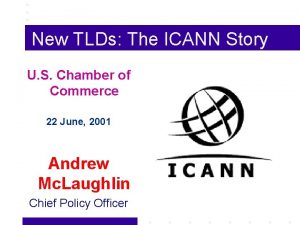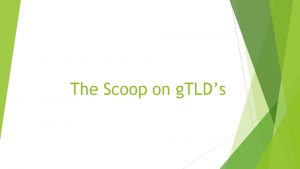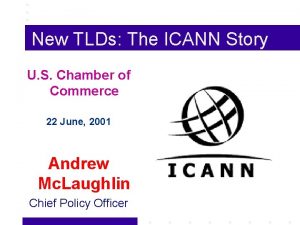Writing Transition Learning and Development Statements TLDS in



























- Slides: 27

Writing Transition Learning and Development Statements (TLDS) in a time of COVID-19 Early Childhood Workshops September & October 2020

Content for the workshop • Myth busting • Key features of a positive transition to school • What is a Transition Learning and Development Statement (TLDS)? • Completing the TLDS during COVID-19 • Writing the TLDS • Using a strength-based approach • Involving children and families 2

Myth busting some common concerns • Whether or not a school has ‘linked’ a TLDS to a child’s assessment record on the Insight Platform does not indicate whether the TLDS has been read or used. Linking is a technical process step only. • Schools have different processes for processing and assigning TLDS to teachers and this is not visible to ECEC services. • The requirements and format of TLDS have not changed this year, but you will need to consider children’s learning in light of COVID-19 related disruptions. • The strength-based approach to writing TLDS enables consistent sharing of information about what will support a child’s continuity of learning. • A strength-based approach is not about describing a child’s learning and development in a positive light and neglecting to identify areas for further development and/or areas of concern. 3

The importance of effective transition to school: what the research tells us • Relationships are at the core • Transitions need to be child centred • Equity in transitions 4

The Transition Learning and Development Statement (TLDS) The Transition Statement is one of the effective transition tools or practices – not the only one! • Summarises a child’s learning and development. • Identifies their interests and approaches for learning. The TLDS is completed via the Insight Assessment Platform (IAP). • Indicates how the child can be supported. 5

The TLDS and capturing the impacts of COVID-19 The TLDS is made up of multiple sections: • Section 1 – completed by educators • Section 2 – completed with the child by an adult • Section 3 – completed by the family. This year the TLDS should include information such as: • how the change in the learning environment was managed by the service • how COVID-19 has impacted on the child’s learning • the child’s attendance and the home learning environment • challenges or successes of implementing a learning from home program • families’ views on their child’s learning during the pandemic. 6

The TLDS – Section 1 Educator Context of early years setting and specific information • Capture COVID-19 information up front • Use the ‘Context of early years setting’ box to capture service level program information and changes due to COVID-19 – this will automatically populate in each new TLDS you create • Use the ‘Specific information’ box to capture information impacting on the specific child’s continuity of learning (i. e. attendance, learning from home environment etc) • Remember other useful information you would normally include (e. g. your service’s cultural inclusion activities or regular activities that are used to help children to settle in). 7

Discussion Section 1 - Educators Please share with others how the COVID-19 restrictions have impacted on children in your service and how you could best capture this in TLDS. • What changes were made to your program delivery due to COVID-19? • What information from this period is most important to capture in the TLDS? 8

The TLDS – Section 1 Educator Section 1. 1: Outcomes and Teaching Strategies Learning and development outcomes and descriptors • Select at least one descriptor per Outcome (it is recommended you select between two and five descriptors in total for each outcome) • Once selected, click ok, then you can edit the descriptor if you choose 9

VEYLDF Vic. Curriculum F-10 The VEYLDF learning and development outcomes and the Victorian Curriculum F– 10 set out the learning and development goals for all Victorian children. pp 87 -117 of Transition Resource Kit 10

The TLDS – Section 1 Educator Section 1. 1: Outcomes and Teaching Strategies Intention teaching strategies • What have I observed that works well for the child? • What tools, activities or learning sequences bring out the best in the child? • What has been or can be done to support the child’s learning and development where there is a concern/challenge? • What supports/external services are already in place? 11

The TLDS – Section 1 Educator Section 1. 1: Intentional teaching strategies Write at least one intentional teaching strategy for each learning and development outcome that is: • specific • concise • strength-based 12

The TLDS – Section 1 Educator Strength-based approach Understanding strength-based practice A strength-based approach focuses on each child’s strengths, what they can do, what they know and what they understand. This supports professionals to identify strategies that match and extend upon a child’s abilities, skills and dispositions to learning. 13

The TLDS – Section 1 Educator Strength-based approach The strength-based approach to writing a TLDS encourages educators to look for: • what a child can already do • what a child can do when provided with pedagogical support • what a child will be able to do next. 14

The TLDS – Section 1 Educator Strength-based approach Strength-based practice is the opposite to a deficit-based approach and IS NOT See the Department’s • Only about ‘positive’ things Website for a helpful • A way of avoiding the truth resource on strengthapproaches from • About accommodating bad behaviour based the Transition to School Resource Kit: • Fixated on problems • About minimising concerns https: //www. education. vic. gov. au/childhood/professi • One-sided onals/learning/Pages/tran sitionstat. aspx#link 17 • A tool to label individuals 15

The TLDS – Section 1 Educator Strength-based approach 16

Discussion Intentional teaching strategy Think about a child you know well and identify and share an intentional teaching strategy that could be included in their TLDS Example for Outcome 3: Descriptor Zainab requires adult prompts and guidance to self regulate and manage her emotions in ways that reflects the feelings and needs of others. Intentional Teaching Strategy Zainab can express herself verbally with ease, however she benefits from adult prompts and reminders when she is frustrated with her peers. Positive reinforcement is helping her to become more aware of other’s feelings and needs. 17

The TLDS – Section 1. 2 Educator Enhanced Transitions - Supporting children with a disability or developmental delay This section: • captures information about other early childhood professionals supporting the family and child • lists reports or assessments that have been done and are available to support inclusion planning (e. g. Early ABLES) 18

The TLDS – Section 1. 2 Educator Enhanced Transitions - Supporting children with a disability or developmental delay Early ABLES is an online assessment for learning tool The tool helps educators to: • observe and assess the child's progress in learning • develop appropriate learning goals • develop an appropriate individualised learning plan with teaching and learning strategies that have been found to work • monitor progress along a likely progression of learning • better support the development of the individual child's learning program using the Early Years Planning Cycle • improve transition processes through consistent information sharing across services and schools 19

The TLDS – Section 2 The Child Involving children in contributing to the TLDS is a key part of ensuring children are active participants in the transition process. 20

The TLDS – Section 2 The Child Strategies to support children’s involvement in the transition process and TLDS • Opportunities for children to talk about school – how they feel, what they expect, any concerns they might have • Recording children’s views about school • Offering materials to draw, paint, create and express their feelings and expectations 21

The TLDS – Section 2 The Child Strategies to support children’s involvement in the transition process and TLDS - continued • Providing dramatic play areas and props for children to role play their experiences of school • Reading and discussing stories about starting school • Connecting with schools virtually or on-site in alignment with current advice 22

The TLDS – Section 3 The Family Families should be encouraged to complete Section 3 If their child has been learning from home, discuss with the family the strategies they have used that have helped their child learn and any that were not effective. This may also inform the intentional teaching strategy component. Consider how you support children and families who may require more support. 23

Discussion The family 1. What strategies have you used to keep in touch with families whose children have not been attending? 2. What information have you received from families that you could use in the TLDS? 3. If children have continued to attend, how have you been engaging families and encouraging them to share information about their child? 24

The TLDS – Section 3 The Family To summarise • Maintain engagement with families and children who may be currently away from the service due to COVID-19 to learn more about their ongoing learning and development • Discuss intentional teaching strategies with families before adding them • Encourage families’ contributions to sections 2 & 3 to capture their perspectives and any learning from home insights 25

The TLDS – Section 3 The Family The following resources will be helpful to support families: • Introduction to transition information sheet for families • Family letter to accompany information sheet • Guidelines to help families complete TLDS • Family letter to help families complete TLDS Resources are in multiple languages. https: //www. education. vic. gov. au/childhood/professionals/lea rning/Pages/transitionstat. aspx#link 13 26

Online TLDS Support and Resources • State Library Victoria (for technical issues) www. kindergarten. vic. gov. au • DET Transition to school website www. education. vic. gov. au/transitiontoschool • DET Transition to school email psts@education. vic. gov. au 27
 Veyldf learning and development outcome descriptors
Veyldf learning and development outcome descriptors Transitional topic sentences
Transitional topic sentences Thesis statement topic
Thesis statement topic Cuadro comparativo entre e-learning b-learning y m-learning
Cuadro comparativo entre e-learning b-learning y m-learning Software development project transition
Software development project transition Scaffold and fade-away technique
Scaffold and fade-away technique Clincher ideas
Clincher ideas Pes statement for gout
Pes statement for gout Inductive vs analytical learning
Inductive vs analytical learning Inductive and analytical learning in machine learning
Inductive and analytical learning in machine learning Lazy vs eager
Lazy vs eager Tony wagner's seven survival skills
Tony wagner's seven survival skills Reflection journal example
Reflection journal example Learning and development plan for teachers
Learning and development plan for teachers The strategy process
The strategy process Quotes about learning and development
Quotes about learning and development Learning and development essay
Learning and development essay Learning research and development center
Learning research and development center Chapter 6 learning and language development
Chapter 6 learning and language development Chapter 6 learning and language development
Chapter 6 learning and language development Leadership learning and development
Leadership learning and development Asme learning and development
Asme learning and development Foursis technical solutions
Foursis technical solutions Maturation psychology
Maturation psychology Hart learning group
Hart learning group Training and developmen
Training and developmen Process pattern of development
Process pattern of development Pattern of development writing
Pattern of development writing
